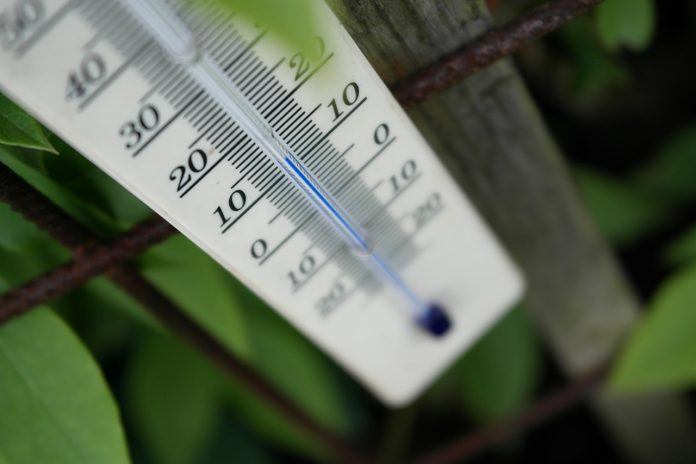Scientists from the University of Montreal, Canada have developed the world’s smallest programmable thermometer, known as Nano-thermometer from DNA. This could recast nanotechnology. Scientists made this Nano-thermometer from actual DNA. This new device is nearly about 20,000 thousand times tinier as compared to human hair.
This new device is made from getting inspiration of “heated DNA always unfolds at a specific temperature”. It can be used in different sectors like Physics, Chemistry and atomic & molecular levels and engineering. This technology has become as a solution to the problem of checking temperature changes in nano-technology. Currently, these devices are so big for doing such things.
A scientist has cultivated DNA structure which can fold and unfold at a certain temperature. They got this idea from natural minute thermometers.
Alexis Valle Belisle, Professor at University of Montreal said, “In recent years, biochemists also discovered that biomolecules such as proteins and RNA (Ribonucleic Acid, an important molecule with long chains of nucleotides, like DNA) are employed as Nano-thermometers in living organism and report temperature variation by folding or unfolding.”
Researchers are making some slight adjustment to the product so that it can be combined with new electronic devices. In the field of Science and Technology, this device allows the researcher to answer other problematical questions which have been gone unanswered for years. Were the questions like, can human body runs hotter than 37 degrees Celsius on the natural scale? Or what if naturally occurring Nanomachines overheat when operating at a high rate?
Arnaud Desrosiers, one of the researchers from the team, said, “By adding optical reporters to these DNA structures, we can, therefore, create 5nm wide thermometer that produces an easily detectable signal as a function of temperature.”
Some key feature of this Nano-thermometer:
- It is 5 nanometres wide in the size which is 20,000 times smaller than a human hair.
- It is reversible, robust and efficient.
- It has different applications in different sectors like, in various nanotechnology fields: cell imaging, nano-fluidics, Nano-medicine, Nano-electronics, nano-material, and artificial biology.
- It is used to create super strong structures, repairing cells and help Nano-computing to become more efficient.
